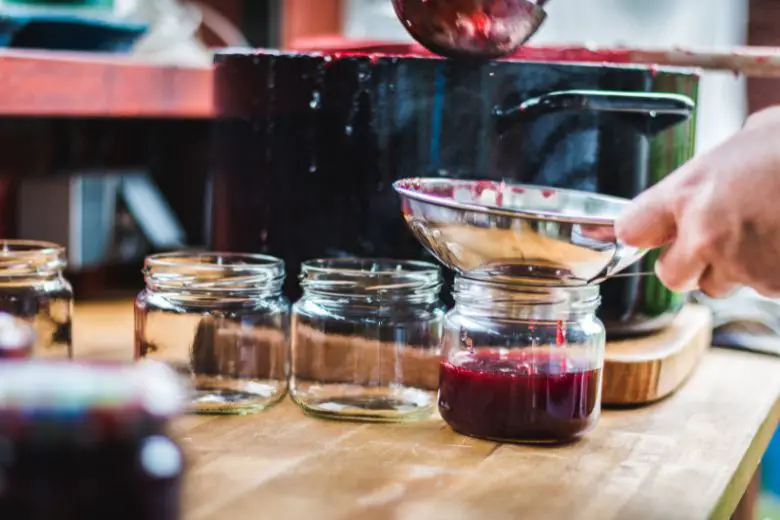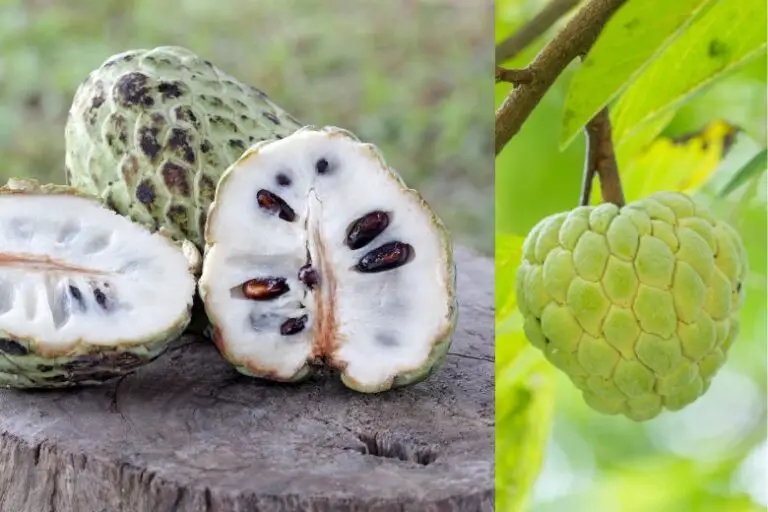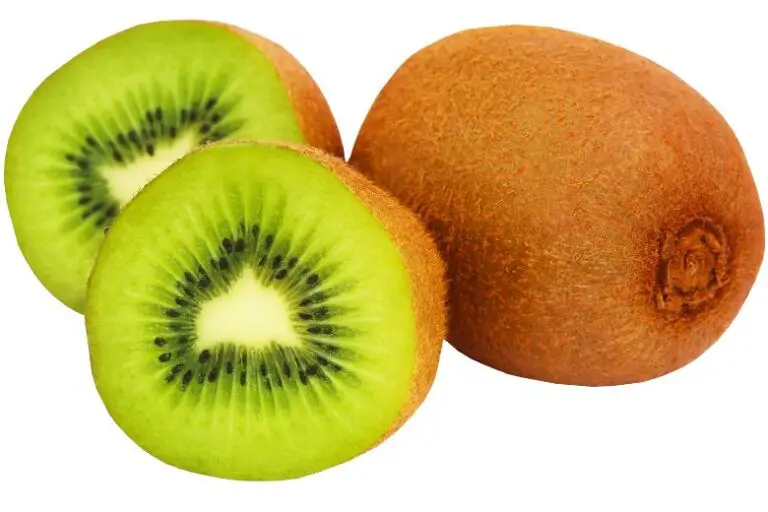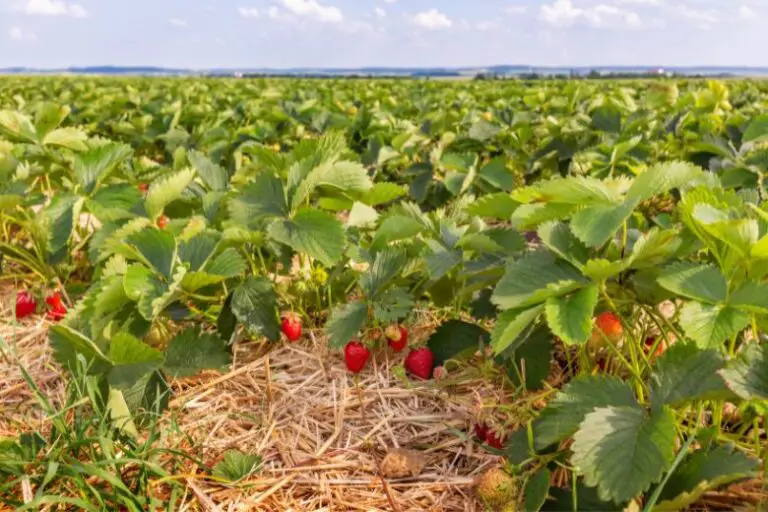How to Make Nutritious Strawberry Baby Food at Home
Introducing solid foods is a significant milestone for your baby. Making your own baby food not only lets you control the ingredients but also introduces your baby to a variety of flavors and textures.
When Can You Introduce Strawberries to Your Baby?
The ideal time to introduce strawberries to your baby is around 6 to 8 months of age. By this time, most babies have developed the necessary motor skills to handle small pieces of food and have a better ability to digest solid foods. It’s also a time when they might be showing signs of curiosity about what you’re eating and may be eager to try new flavors

Health Benefits of Strawberries for Babies
Strawberries are a rich source of essential nutrients, including vitamin C, fiber, antioxidants, and various minerals. Their natural sweetness makes them appealing to babies, while their nutritional content makes them a valuable addition to their diet.

The Nutrient Breakdown: A Bite of Goodness
When it comes to babies, ensuring they receive the right nutrients is paramount. Strawberries offer a diverse range of vitamins and minerals that contribute to your baby’s well-being.
Vitamin C Boost
Strawberries are bursting with vitamin C, a powerful antioxidant that supports the immune system and helps the body absorb iron. A single serving of strawberries can provide a substantial portion of your baby’s daily vitamin C requirement.
Fiber for Digestive Health
Introducing fiber to your baby’s diet is essential for healthy digestion. Strawberries contain dietary fiber that can aid in maintaining regular bowel movements and preventing constipation.
Antioxidants Galore
Antioxidants play a crucial role in protecting your baby’s cells from damage caused by harmful molecules called free radicals. Strawberries are rich in antioxidants, such as anthocyanins and quercetin, which contribute to overall well-being.
Immune System Support
The high vitamin C content in strawberries plays a pivotal role in supporting your baby’s immune system. A robust immune system is essential for warding off illnesses and infections.
Bone Health
Strawberries are a source of calcium and manganese, both of which are vital for developing strong bones and teeth. These minerals contribute to your baby’s overall growth and skeletal development.
Cognitive Development
The antioxidants present in strawberries, particularly anthocyanins, have been linked to improved cognitive function. Including strawberries in your baby’s diet could potentially support brain development.
Hydration Assistance
With their high water content, strawberries can contribute to keeping your baby hydrated. Proper hydration is essential for maintaining healthy bodily functions.
Digestive Aid
Fiber is a friend of the digestive system, and strawberries offer a good dose of it. Including strawberries in your baby’s meals can promote regular bowel movements and prevent tummy troubles.
Choosing the Right Strawberries
Picking the right strawberries requires a keen eye and a gentle touch. Follow these steps to ensure you’re bringing home the cream of the crop:
Size Matters: Go for Plumpness
When choosing strawberries, bigger doesn’t always mean better. Look for berries that are plump, firm, and vibrant in color. These are indicators of a ripe and juicy berry. However, avoid selecting strawberries that are excessively large, as they might have an uneven ripeness.
Color: Opt for Vibrant Reds
The color of strawberries is a clear indicator of their ripeness. Aim for berries with a rich, uniform red color all over. Be cautious of strawberries that have white or green tips, as this could signify under-ripeness.
Glossy Skin: A Sign of Freshness
A glossy sheen on the surface of strawberries indicates freshness. Gently inspect the skin for any dullness or wrinkling, as these are signs of aging and potential dehydration.
Green Caps: Intact and Vibrant
The green caps, or calyxes, on top of the strawberries should be fresh and vibrant. These caps help protect the berries from moisture loss and decay. Avoid strawberries with dry, withered caps.
A Sweet Scent: Follow Your Nose
Give the container of strawberries a whiff. A sweet, fragrant aroma is a strong indicator of ripe and flavorful berries. If there’s little to no scent, the strawberries might lack sweetness.
Texture Test: Avoid Soft Spots
Gently touch the strawberries to feel for any soft spots or mushiness. These areas indicate overripeness and could affect the overall taste and texture of your dishes.
Avoid Mold and Bruises
Inspect the container for any signs of mold or bruising. Even a single moldy berry can quickly spread spores to the rest. Likewise, bruised strawberries might taste off and affect the quality of your recipes.
Local and Seasonal: The Best Bet
Opt for local and seasonal strawberries whenever possible. These varieties are often fresher and more flavorful, as they haven’t undergone long transportation or cold storage.
Cleaning and Preparing Strawberries
Before indulging in the juicy goodness of strawberries, it’s crucial to ensure they are thoroughly cleaned. The rinse-and-soak method is a simple yet effective way to remove dirt, debris, and any residual pesticides.
- Rinse: Place the strawberries in a colander and gently rinse them under cold, running water. Avoid using hot water, as it can cause the berries to become mushy.
- Soak: Fill a large bowl with a mixture of water and vinegar. The ratio should be about 3 parts water to 1 part vinegar. Submerge the strawberries in the mixture for about 5-10 minutes. The vinegar helps to remove any pesticide residues and stubborn dirt.
- Rinse Again: After soaking, drain the strawberries and give them another gentle rinse under cold water to remove the vinegar taste.
Drying Your Berries
Properly drying your strawberries after cleaning is essential to prevent them from becoming waterlogged or losing their flavor.
- Air Drying: Place the cleaned strawberries on a paper towel-lined tray and allow them to air dry. Make sure they are spread out to allow for even drying.
- Patting Dry: Gently pat the strawberries dry with a clean kitchen towel or paper towels. Be careful not to apply too much pressure and damage the berries.
Removing the Hull: Getting Your Strawberries Ready to Eat
The hull, also known as the stem or calyx, is the leafy green top of the strawberry. While it’s edible, it can be slightly bitter and less pleasant to eat. Here’s how to remove the hull effectively:
- Method 1: Using a Knife
- Hold the strawberry by its stem and angle a small paring knife towards the center of the berry.
- Gently insert the knife and rotate it around the stem to cut out the hull.
- Remove the stem and any attached leaves.
- Method 2: Using a Straw
- Insert a straw from the bottom tip of the strawberry through the top, pushing out the stem and leaves.
Cooking Methods for Strawberry Baby Food
There are several cooking methods you can use to create delicious and nutritious strawberry baby food. Each method offers a unique twist to the flavor and texture of the final dish.
Fresh and Raw: The Simplest Delight
The easiest way to introduce strawberries to your baby is by serving them fresh and raw. Simply wash the strawberries thoroughly, remove the stem, and cut them into small, baby-friendly pieces. This method preserves the maximum nutrients and natural sweetness of the fruit.
Steaming: A Gentle Approach
Steaming strawberries is a gentle cooking method that retains most of the fruit’s nutrients. Steam the strawberries for a few minutes until they are soft and tender. This method is perfect for babies who are just starting to eat solids.
Blending for a Smooth Puree
Creating a smooth strawberry puree is a great option for babies who are still developing their ability to chew. Blend steamed or raw strawberries until you achieve a smooth consistency. You can also mix strawberries with other fruits for a delightful combination.
Baking: Enhancing Natural Sweetness
Baking strawberries can intensify their natural sweetness and create a unique flavor profile. Simply toss the strawberries with a touch of honey and bake them until they are soft and caramelized. This method can be a delicious topping for baby cereal or yogurt.
Boiling: Ideal for Homemade Sauces
Boiling strawberries is a method often used to create homemade sauces for baby food. This technique softens the strawberries and allows you to create a luscious sauce that can be drizzled over baby’s oatmeal or yogurt.
Freezing: Creating Frozen Treats
Freezing strawberries is an excellent way to create homemade frozen treats for your little one. Blend strawberries into a puree, pour the mixture into ice cube trays, and freeze. These strawberry ice cubes can be a soothing treat for teething babies.
Combination Mash: Exploring Textures
As your baby grows and develops more advanced chewing skills, you can experiment with a combination mash. Mix mashed strawberries with other soft fruits like bananas or avocados to create a textured and flavorful meal.
Adding Texture: Mashing or Chunky Puree
As your baby gets used to textures, consider mashing the strawberry puree with a fork or leaving it slightly chunky to encourage chewing.
Combining with Other Foods
Experiment with combinations to enhance the flavor and nutrition of strawberry baby food:
- Strawberry-Banana Puree: A delightful blend of two naturally sweet fruits.
- Strawberry-Yogurt Blend: Incorporate yogurt for added creaminess and probiotics.
Storing Strawberry Baby Food
Refrigeration is a convenient way to store freshly prepared strawberry baby food. Follow these steps to ensure freshness:
- Clean Airtight Containers: Transfer the prepared strawberry puree into clean, airtight containers. Mason jars or BPA-free plastic containers work well.
- Label and Date: Don’t forget to label the containers with the date of preparation. Use the oldest ones first to maintain freshness.
- Refrigerator Placement: Store the containers at the back of the refrigerator where it’s coldest. Avoid placing them in the refrigerator door.
Freezing
Freezing is an excellent option if you want to store strawberry baby food for a more extended period. Follow these guidelines:
- Blanching: To preserve color and texture, blanch the strawberries briefly in boiling water, then plunge them into ice water.
- Puree and Portion: Puree the blanched strawberries and portion them into ice cube trays or silicone baby food storage containers.
- Freeze and Transfer: Once the portions are frozen solid, transfer them to a resealable freezer bag. Don’t forget to label the bag with the date.
Safety Precautions
Always supervise your baby while they’re eating. Cut strawberries into small, manageable pieces to prevent choking hazards.
Conclusion
Making strawberry baby food at home is a wonderful way to provide your baby with essential nutrients while introducing them to exciting flavors. By following these simple steps and considering your baby’s developmental stage, you can create delicious and nutritious strawberry baby food that supports their growth and health.







